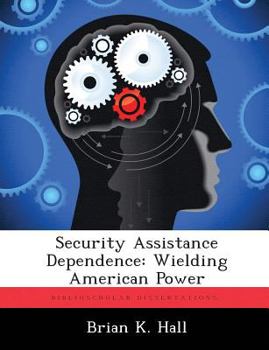Security Assistance Dependence: Wielding American Power
This paper uses the long-standing U.S. security assistance program with the Republic of Turkey as a case study depicting how this valued NATO ally has come to depend almost exclusively on U.S. security assistance. Analyzing this dependence will reveal some interesting inconsistencies regarding U.S. selective technology transfer policy and how advanced weapon system sales have led to host nation over-dependence on U.S. origin technology and processes. It will be an ambitious study to frame and will attempt to examine whether or not current U.S. export controls and national security considerations should prevent advanced military technology transfer to our allies. We will delve into defining the U.S. security assistance process and policy by taking an in-depth look at the major players and relations. This will lead to an essential discussion on in-place technology transfer safeguards to satisfy the U.S.'s greatest fear - compromise of classified material and methods. That is, losing the technological advantage that enables the U.S. and its closest allies to stay ahead of traditional adversarial states, and terror-sponsoring states and non-state entities. The discussion will be followed by critical analysis of security assistance as an instrument of military power. Finally, recommendations based on the author's observations and experience will be presented for consideration.
This work has been selected by scholars as being culturally important, and is part of the knowledge base of civilization as we know it. This work was reproduced from the original artifact, and remains as true to the original work as possible. Therefore, you will see the original copyright references, library stamps (as most of these works have been housed in our most important libraries around the world), and other notations in the work.
This work is in the public domain in the United States of America, and possibly other nations. Within the United States, you may freely copy and distribute this work, as no entity (individual or corporate) has a copyright on the body of the work.
As a reproduction of a historical artifact, this work may contain missing or blurred pages, poor pictures, errant marks, etc. Scholars believe, and we concur, that this work is important enough to be preserved, reproduced, and made generally available to the public. We appreciate your support of the preservation process, and thank you for being an important part of keeping this knowledge alive and relevant.





